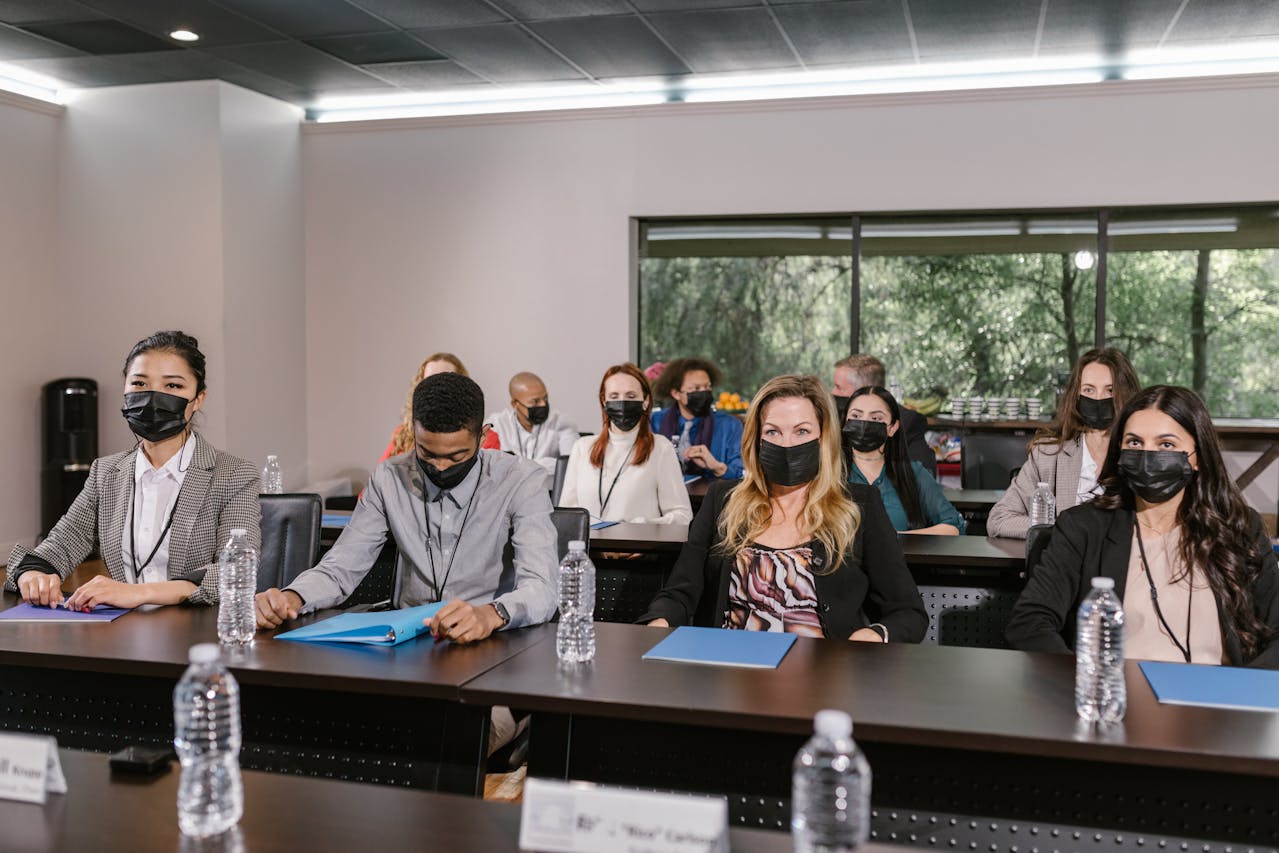Public speaking is one of the most powerful ways to connect and inspire, but it’s crucial to navigate cultural differences confidently when addressing diverse audiences. Success comes from your ability to adapt your message, ensuring it resonates with every listener, no matter their background. Whether speaking to an international group or a multicultural audience, embracing these differences will elevate your impact and make your message unforgettable.
Let’s explore practical strategies to help you overcome cultural barriers and communicate meaningfully.

1. Maintain Etiquette: Respect Cultural Norms
Cultural etiquette plays a significant role in how your message is perceived. What’s considered polite in one culture may be viewed differently in another. For example, while shaking hands is a common greeting in many Western cultures, others may prefer a bow, a nod, or no physical contact. Additionally, gestures like pointing, waving, or even certain facial expressions can be interpreted differently across cultures.
To avoid missteps, research your audience’s cultural backgrounds. Adjusting your behavior to align with their expectations shows respect and builds rapport. Understanding cultural norms creates a favorable environment that encourages audience engagement and fosters goodwill.
2. Avoid Slang and Idioms: Speak Universally
Language is a major factor in overcoming cultural differences. While slang, idioms, and colloquial expressions may make perfect sense to you, they can confuse or alienate people from other linguistic backgrounds. For instance, phrases like “hit the ground running” or “break the ice” might not translate clearly.
To make your message universally accessible, stick to clear and direct language. Avoid jargon or region-specific terms that could lead to misunderstandings. If you’re unsure about certain phrases, err on the side of caution and opt for straightforward language. The goal is to ensure that your ideas are inclusive and can be understood by people from all walks of life.
3. Speak Slowly and Clearly: Adjust Your Pacing
Pacing is crucial when addressing a culturally diverse audience. Speaking too fast can make it hard for people—especially non-native speakers—to follow your message. Different languages and cultures have their own rhythm of speech, so slowing down can help bridge the gap.
Take the time to articulate your words clearly and give the audience time to absorb what you’re saying. Pausing between key points can also help ensure your message is fully understood. By adjusting your pace, you improve clarity and demonstrate patience and respect for the different language proficiencies in the room.
4. Keep It Simple: Avoid Overcomplicating Your Message
Complex ideas or intricate wordplay can easily get lost in translation, especially if there’s a language barrier. Simplifying your message doesn’t mean dumbing it down; it means making your ideas accessible to everyone, regardless of their cultural background. Use simple language and relatable examples, and avoid convoluted sentences that could confuse your audience.
By keeping your message straightforward, you ensure that everyone can follow along. At the same time, you make it easier for your audience to remember and act upon what you’ve shared.
5. Practice Active Listening: Engage with Empathy
Active listening is a two-way street in communication, especially in cross-cultural settings. Encouraging feedback and responding thoughtfully shows that you value your audience’s input. Ask for questions, and give each one the attention it deserves.
Additionally, practicing active listening helps you gauge how well your message is being received. If you notice confusion or hesitation in your audience, you can clarify your points or rephrase for better understanding. Engaging with empathy shows your audience that you’re committed to meaningful communication rather than just delivering a one-sided presentation.
6. Take Turns to Talk: Respect Conversational Styles
Cultural differences often extend to how people interact in conversations. In some cultures, turning in conversations is highly valued, with speakers waiting for clear pauses before responding. In others, interrupting and overlapping speech might indicate active engagement.
Being aware of these preferences allows you to adjust your communication style. If you’re speaking in a group setting it, it will enable each person to express their thoughts and avoid dominating the conversation. Patience and respect for each person’s voice will foster a more inclusive environment.
7. Use Visual Aids: Make Ideas Clearer
When language barriers are present, visual aids can enhance understanding. Writing key points on a board, using slides, or incorporating charts can help clarify your message. Visuals give your audience something to reference and can be particularly helpful when presenting complex information.
Visual aids also transcend language barriers, allowing people to grasp your ideas even if they struggle with spoken language. Ensure your visuals are clear, simple, and aligned with your message.
8. Avoid Closed Questions: Encourage Dialogue
When engaging with your audience, avoid asking closed questions that only invite a “yes” or “no” answer. Instead, opt for open-ended questions that encourage discussion. Open-ended questions invite a broader range of responses and help you better understand the audience’s perspective.
For example, instead of asking, “Do you agree with this point?” you might ask, “What are your thoughts on this?” This approach encourages people from different cultural backgrounds to share their unique insights, fostering richer, more inclusive conversations.
9. Be Careful with Humor: Use It Sparingly
Humor is often seen as a universal icebreaker, but it can be tricky across cultural lines. What’s funny to one culture might not be to another; in some cases, humor can even be offensive. Jokes or sarcasm that rely on cultural references or wordplay are particularly susceptible to misinterpretation.
If you choose to use humor, keep it neutral and light. Avoid jokes that could be seen as culturally insensitive or depend on shared cultural knowledge. When in doubt, minimize humor to ensure your audience stays engaged without feeling alienated.
Overcoming cultural differences in public speaking is about more than avoiding mistakes—it’s about embracing your audience’s diversity and finding ways to connect. Maintaining etiquette, using clear language, adjusting your pacing, and practicing active listening can make your message resonate with people from all cultural backgrounds.
Overcoming cultural differences in public speaking settings is all about understanding and respecting the diverse perspectives of your audience. This can mean adapting your language, tone, or examples to ensure they resonate and don’t unintentionally offend. Being mindful of cultural norms—like how humor or gestures are perceived—helps make your message more relatable and respectful. Public speaking courses in NYC can really help with this, offering guidance on cultural awareness and helping you develop sensitivity in your delivery. Public speaking training in NYC gives you the chance to practice with diverse audiences, allowing you to learn firsthand how to connect effectively across cultural lines. These experiences make you a more versatile and impactful speaker, able to reach anyone, anywhere.

